It seems both Atlantic and Pacific Right Whales need all the help they can get
Here are the Canadian Wildlife Federation, we’ve spent a lot of time working to help the North Atlantic Right Whales which are dangerously at risk of extinction, after all there are fewer than 300 of them left. But what about their Pacific counterparts? How is the North Pacific Right Whale faring? Not much better, sadly. There are fewer than 500 North Pacific Right Whales.
The reason there are so few North Pacific Right Whales is primarily due to years of commercial hunting. Prior to being hunted for meat, oil and material for things like corsets and umbrellas, these whales were found all across the North Pacific including Alaska, the Bering Sea and the Sea of Japan. Sadly, hunting drove their numbers down and they still face various threats like habitat loss, entanglement in fishing gear and vessel collisions (the same threats the Atlantic Right Whales face).
It’s Complicated
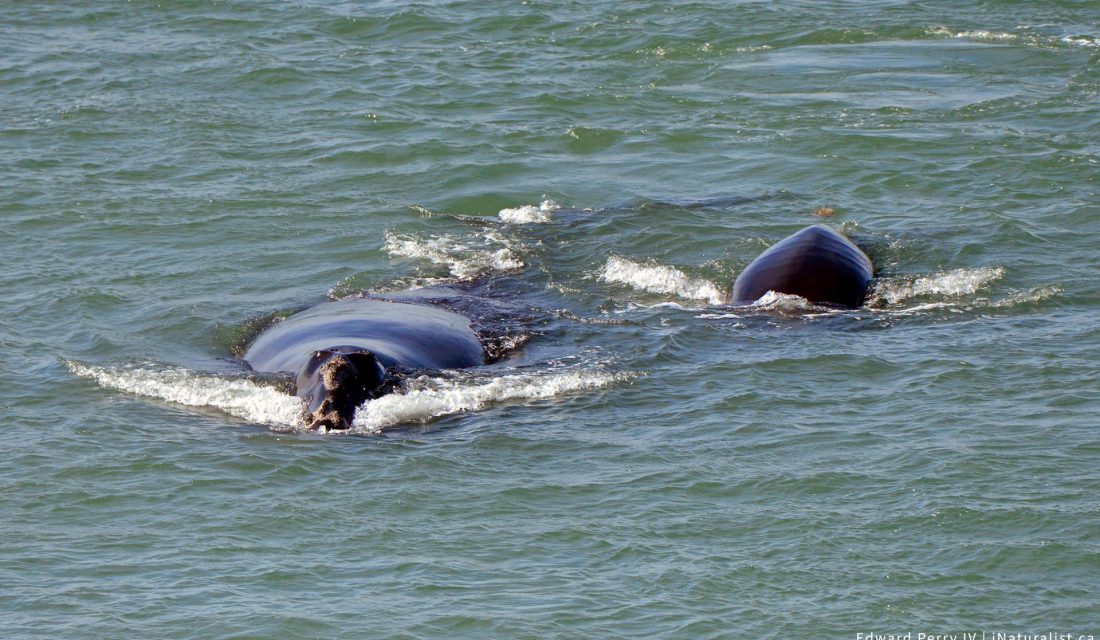
In order to help the North Pacific Right Whale, scientists need to know where they are. And learning that is harder than you’d think! There’s very little known as to where they migrate or the places they spend time while breeding and giving birth to calves. To add another layer of complexity, scientists have determined that there are two populations of North Pacific Right Whales: a western population and an eastern population.
The eastern population mostly resides in the eastern Bering Sea where they feed during the summer and fall seasons. This population is tiny. There are no more than 50 individuals in this population, and back in the late 2000s, scientists estimated there were only 30.
The western population is larger in number, but there are no more than 500 individuals in this population. These right whales feed in the Sea of Okhotsk, around the Kuril and Commander Islands, by the Kamchatka Peninsula in Russia and may be found in northern Japan.
So What’s Next?
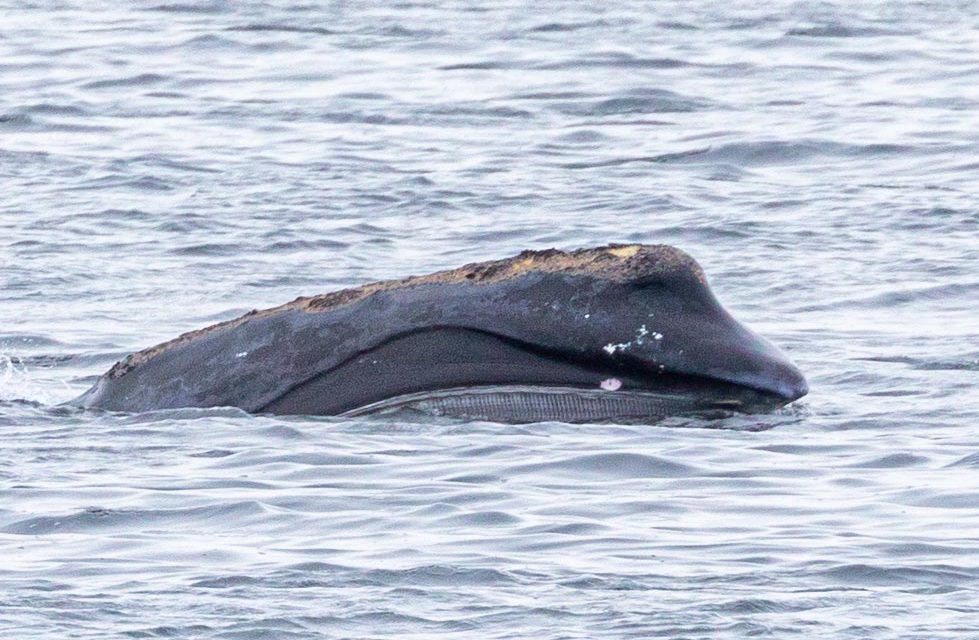
Scientists quite simply have to figure out how to find this elusive whale. Many believe the key to this is tracking their vocalizations. You see, right whales sound different from other whales and it’s easy to tell them apart.
Thus far, scientists have learned that some North Pacific Right Whales reside in southeastern Bering Sea from May to December. They’ve also been heard by the Aleutian Islands year round suggesting that they might feed or migrate through the area as they make their way from the Bering Sea to the North Pacific.

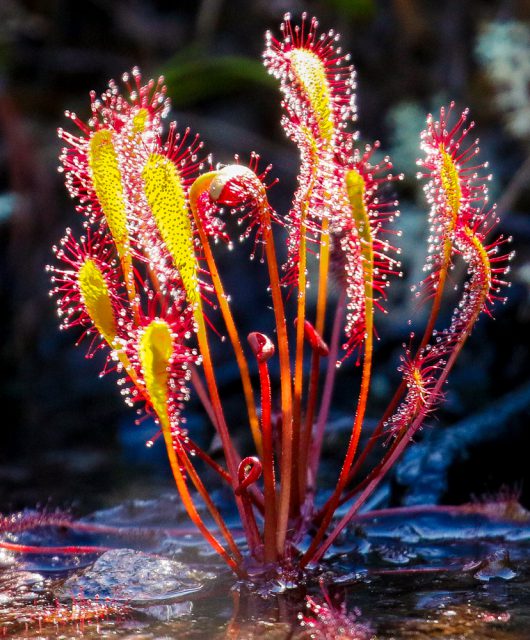
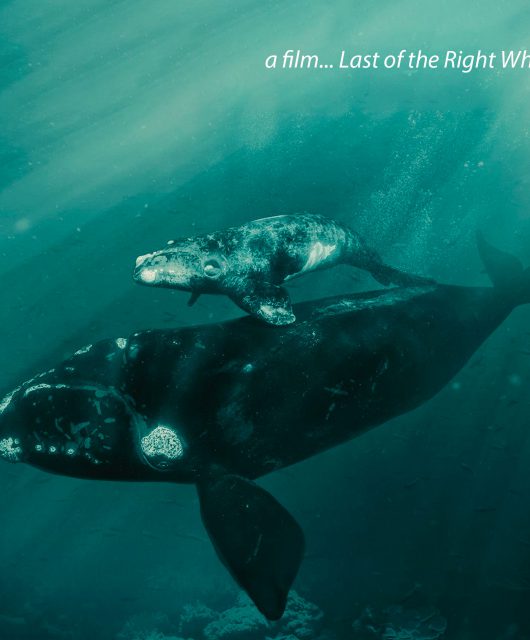

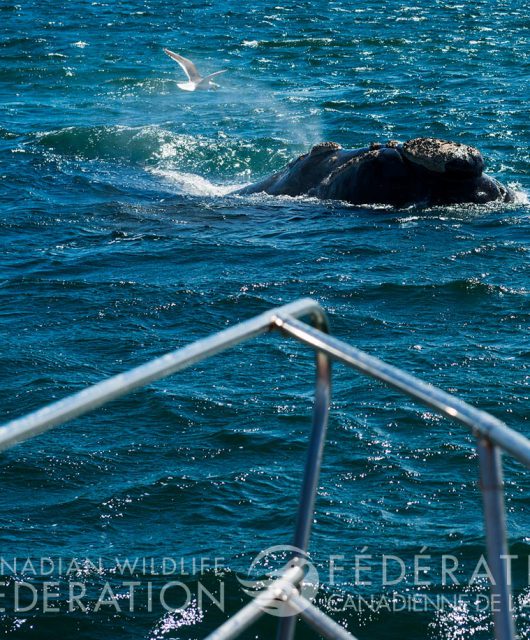
1 comment
Its so hard advocating for wildlife/all animals, when NO ONE seems to be listening to the public. Does the Governments they not care?